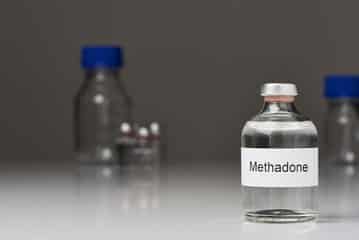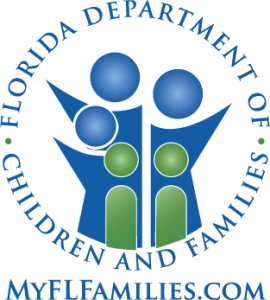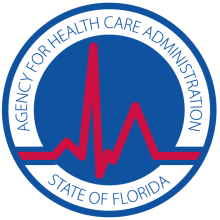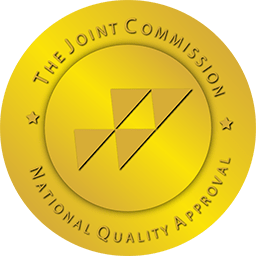
Methadone Hydrochloride is an opioid or synthetic opiate. Treatment was originally created for use as an analgesic, or painkiller, to treat severe pain.
Treatment is still occasionally used for pain relief but is primarily used today for the treatment of narcotic addiction, aiding in detoxification of drugs such as heroin to counter withdrawal symptoms. Its effects can last up to 36 hours, providing a longer-lasting alternative to morphine-based drugs. This allows for once-a-day administration for recovering heroin addicts using methadone in detoxification and maintenance programs.
The substance usually appears in a liquid form that is swallowed. It is also prescribed in tablet form and as injectable ampules. Like many other medicines, prescribed methadone sometimes becomes available illegally, leading to street use of.
Methadone Effects
When use is medically supervised, side-effects are generally minimal, although it brings the threat of the entire spectrum of opioid side effects, including tolerance and an excruciatingly powerful addiction. Addiction is one of the most powerful drug addictions, rendering the user completely dependent. Severe withdrawal symptoms prevent users from quitting cold turkey – patients report that it’s easier to quit heroin cold turkey than it is to kick an addiction. Addicts can suffer from extended post-acute withdrawal syndrome for many months. It is long-acting and can remain in the body for several days. Physical effects can include constipation, nausea, vomiting, vertigo, edema, suppressed cough reflex, contracted pupils, drowsiness, and hypotension or bronchospasms brought on by the histamines released. Respiratory depressions can be a threat. Female users may not have regular menstruation but will still be able to conceive.
Withdrawal
Once the initial effects wear off, withdrawal sets in for those who use regularly, whether prescribed or not.Withdrawal symptoms may begin with a nervous, jittery feeling. Next, come muscle contractions. One user describes it as if his legs and arms are “like rubber bands, being stretched and pulled to their max and then constricting to a shape that isn’t natural”. Users will tell you that withdrawal is unbearable. They may writhe and scream in pain, unable to stand or walk properly. Convulsions may cause them to fall over. Sweats, diarrhea, and hallucinations follow, and the user is unable to think clearly. One user reported losing 7 pounds when he was unable to refill his prescription and experienced withdrawal over a couple days. His withdrawal symptoms were relieved when he was able to obtain more of the drug. He comments on the desperation typically experienced when withdrawal sets in: “When I was in the throes of withdrawal there’s not much I wouldn’t have done to relieve the symptoms.”Recovery from addiction must address the acute withdrawal symptoms over the long term.
Overdose
A common danger of methadone addiction is an overdose. Symptoms of overdose include:
- Muscle spasticity throughout the body
- Difficulty breathing
- Slow, shallow and labored breathing
- Stopped breathing (sometimes fatal within 2-4 hours)
- Pinpoint pupils
- Bluish skin
- Bluish fingernails and lips
- Spasms of the stomach and/or intestinal tract
- Constipation
- Weak pulse
- Low blood pressure
- Drowsiness
- Disorientation
- Coma or death
Treatment in Drug Detoxification
Methadone detoxification treatment is often used in heroin detox programs. Although an extremely effective tool in removing heroin addiction and cravings, use must be carefully monitored by health professionals. It is critical that patients’ tolerance levels are accurately assessed to avoid administration of too high a dose when entering a treatment program. Diseases such as hepatitis and pneumonia and the use of other drugs can complicate issues with treatment, as well. Upon entry to a detox program that requires treatment, it is important to begin with a low dosage that can be increased slowly in the course of weeks or even months to treat heroin dependence. A tolerant user can function normally with dosages that can be fatal to a non-tolerant person. However, the majority of deaths occur from illicit use.
Methadone Addiction Treatment
Transitions Recovery drug treatment center offers hope for those suffering from addiction and withdrawal.Our professional drug treatment center staff is experienced in helping youth and people of all ages recover from drug and alcohol abuse. We provide a compassionate, supportive environment in our North Miami Beach, Florida, drug treatment center.
We work individually with addiction patients as well as in group sessions and a Family Program, after methadone detoxification. Emphasis on recovery and maintained sobriety helps prepare the patient for gradual re-entry into society. Admissions can be accepted 7 days a week. Trained addiction professionals conduct individual assessments that address each individual’s treatment needs.
You’ll find our treatment programs offer access to a continuum of care that provides the intensity of therapy appropriate throughout each stage of methadone recovery, from extended residential care to lifetime aftercare services. The individual program incorporates leading forms of therapy that have proven effective in addressing underlying causes of drug use, dual diagnosis, and issues with family, employers, school and the legal system. Treatment does not need to be voluntary. Often, a family member, employer, or the court system can be the motivating factor for an individual receiving drug treatment.
If you think that you or a loved one may be addicted please contact our methadone addiction treatment center right away. We’re here to help. Call us at 1 800-626-1980 or request more information.





